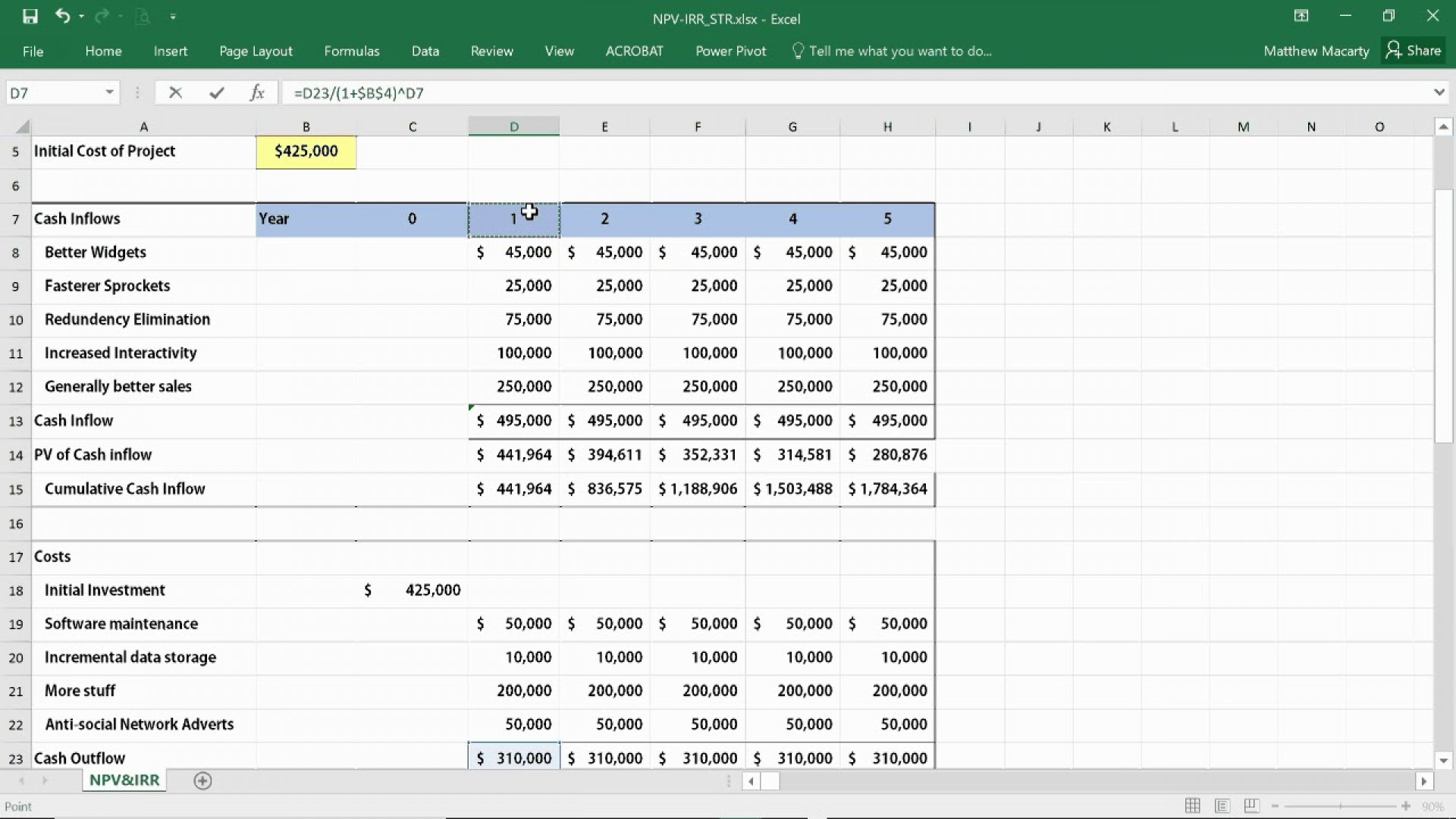How To Calculate Cash Collections From AR

Let’s delve into how to convert those AR figures into actionable strategies. Gross accounts receivable represents the total amount of outstanding invoices or the sum owed by customers. Once you have an estimated collection rate for each aging budget report definition, example how it works bucket, multiply that by the current receivables balance you have for each group. Learn the importance of accounts receivable aging and see how creating a detailed aging report can help your company gain valuable insights into cash flow.

CEI vs. DSO
Assume TechXYZ made £100,000 worth of credit sales in January which they estimate will be fully paid by April. Cash collection, if executed efficiently, can significantly impact a company’s overall financial health. Here are some key points illustrating why effective cash collection is essential for a business. Problem – When receiving cash collections from many different modes of payment, reconciling them can be complicated and very time-consuming.
How to Calculate Net Accounts Receivable
Businesses aim to keep the CCC value lower to improve their cash collection and liquidity. We’re going to show you how to improve cash flow in small businesses here in this guide so you can stay ahead of issues and build up a safety net or invest in future opportunities. The intricacies of Accounts Receivable, while fundamental to business, can be a colossal drain on time and energy. If you’ve ever felt the weight of chasing down payments, deciphering financial jargon, or spending endless hours manually updating sheets, you’re not alone. Understanding the nuances behind the numbers you’ve calculated is pivotal.
Obtain Payment of Undisputed Amounts
It calculates the cash collected based on the collection percentage outlined in the company’s credit terms. The payment collection process is essential to any business’s liquidity planning. It involves implementing strategies and procedures to ensure that customers pay their debts on time, enabling the company to maintain adequate cash flow. Let us begin by letting you know that the number you arrive at with this calculation is an estimate and not definite. The actual numbers at the end of the year can be different based on delinquencies and late payments. Now let’s understand the expected cash collections formula and how to find cash collections.
Cash Collection Process
A lower APT indicates that your credit lines are being used effectively. However, a very low APT can cause friction in your relationships with your suppliers. It’s always worth comparing this value with other sector companies and supplier payment terms.
- While AR can indeed cause stress and waste vital time, it can also be a powerful tool when managed correctly.
- This provides a detailed timeline of when your credit sales will translate into cash inflows.
- Problem – Sometimes, your customers might go bankrupt or be unable to pay back the debt they own.
- If your AR figures are consistently high, it may indicate that clients aren’t paying promptly.
However, the merchandise must then be classified as used, and so will likely need to be re-sold at a significantly lower price. Consequently, even accepting a smaller payment from the customer might yield a larger profit than if you were to take back the merchandise. This may require you to cancel the original invoice and issue a replacement that does not contain the offending item. Send an automated notice to the customer, reminding them that a payment is about to be due, or is now past due. There are a variety of ways to send a dunning letter to attract the attention of the recipient, such as by overnight delivery. It may also be worthwhile to send it to different people within the customer’s organization, which may trigger a response.
Instead of immediate cash exchange after a sale, you extend a line of credit, offering your customers time to pay. Accounts receivable represents money owed to your business by clients or customers for goods or services provided but not yet paid for. Solution – To safeguard your company from this, you need to incorporate strong security measures and proper reconciliation techniques.
Once you measure your CEI, it is important to take action to improve your collection effectiveness. To do this, you should first analyze the CEI metrics to identify areas of improvement. This could include identifying slow-paying customers or analyzing customer payment patterns and behaviors that can be addressed through better communication or incentives.
You can calculate it by dividing net credit sales by average accounts receivable over a period. DSO represents the average days required to collect payments following a credit sale. The average debtor collection period formula can be found by dividing the average daily sales by the average debtor days. “Average debtor days” refer to the median days between issuing invoices and collecting payments owed from a client or customer.
This report helps you prioritize collections efforts and forecast cash collections more accurately. Solution – Equip yourself with better debt collection strategies to improve your collections, like payment plans, early payment incentives, and discounts. It is important to also improve your collections team’s negotiation skills so they can find solutions that work best for your business as well as your customers.
